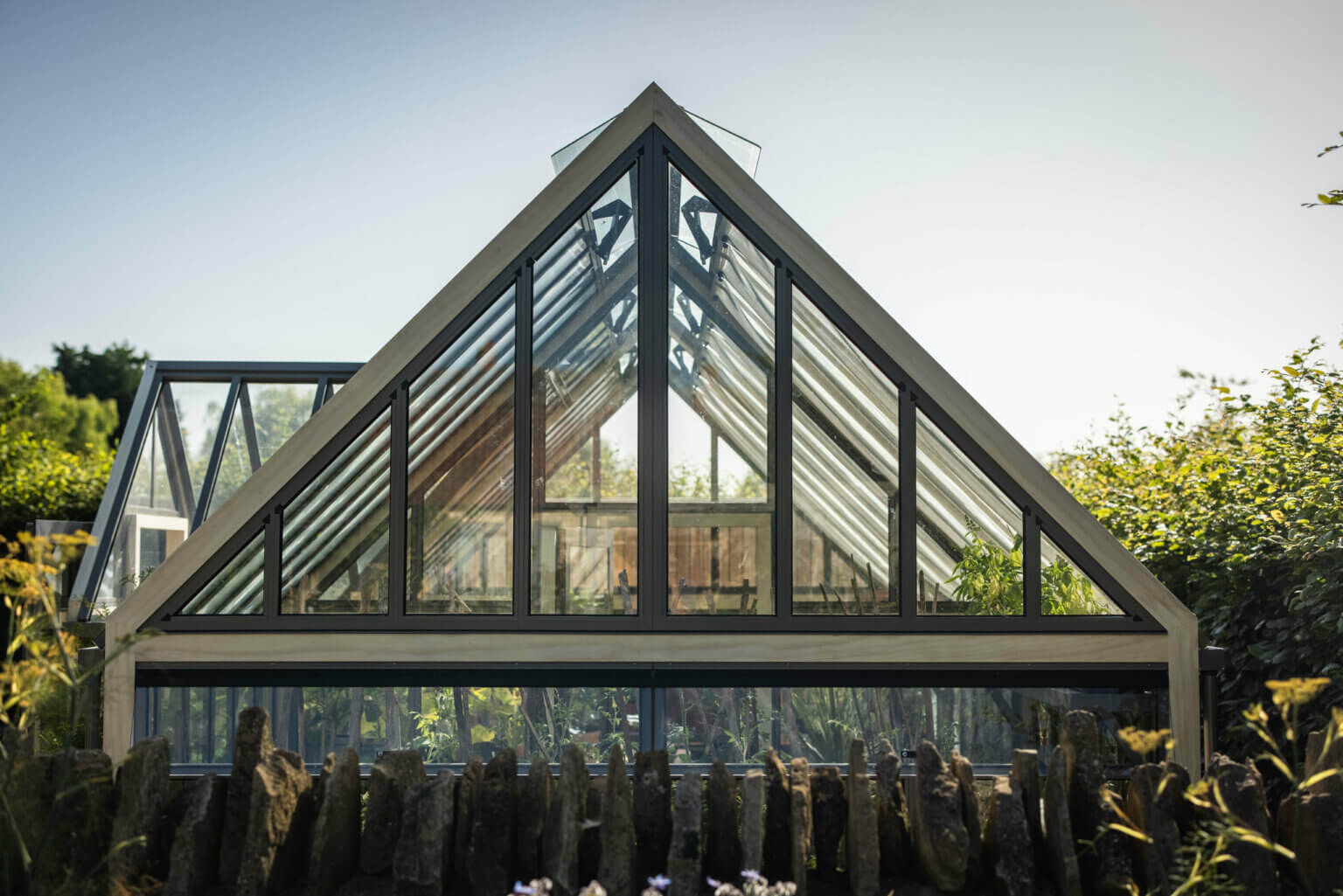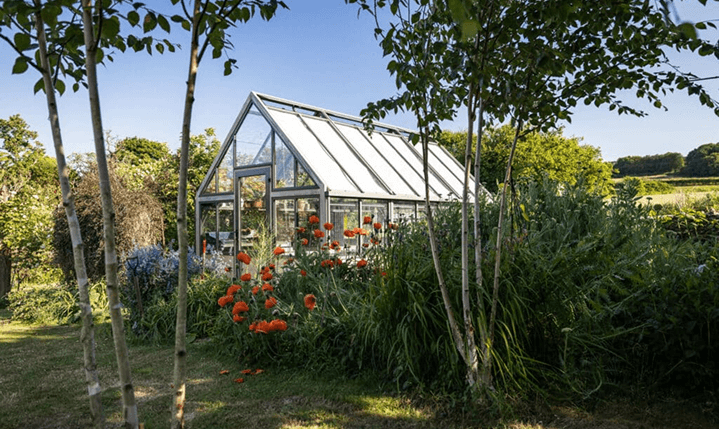
How to build a Greenhouse Base
When the time comes to choosing a greenhouse, determining what size and style of greenhouse you are most compatible with is vital to ensuring that both gardener and greenhouse stay healthy.
Any serious gardener will know, buying your first greenhouse can be overwhelming. Garden space, shape and size, are only a few of the factors that need to be taken into account when choosing where to position a greenhouse in your garden and what style would be right for your intended usage.
In this article, our team of greenhouse gardening experts will share our professional advice on where to position a greenhouse, and ultimately how to choose the right greenhouse for you and your garden.
Where to position a greenhouse
As with any adventure, when you begin your greenhouse adventure there has to be a plan. Finding the perfect position in your garden all depends on the factors mentioned above, garden space, shape and size. No matter the size of garden space, whether you have a small garden, or large garden, being wary and mindful of what is possible can ultimately determine the success of your future produce.
To achieve the best possible solar gain, positioning your greenhouse in the perfect location is vital. We suggest positioning your greenhouse towards the sunlight, this may seem obvious, however, whether the sunlight is the corner of your garden, or the centre, no matter where, find a direction that suits you and your garden space best.
If sunlight isn’t restricted in your garden, then positioning your greenhouse in light shade isn’t a problem. In fact, vegetable crops like carrots, cabbage, lettuce and broccoli are all well-known produce that has adapted to shade. However, expect slower maturation of crops and scale down expectations of size.
Placement
The placement of your greenhouse is just as important as position, not only does your greenhouse ideally have to face towards the sun, but to be placed on a level base is crucial.
Placing your greenhouse on a base ensures that your greenhouse has a quality structure as well as a long-lasting future. Planning the foundations to your greenhouse base is totally up to you, whether you’re looking to build a concrete base, perimeter base or even a soil base, no matter what foundation, the stronger the base the better.
If you’re looking for more information on “How to build a greenhouse base”, read our article, in which our team explains how to build a greenhouse base and the advantages & disadvantages of each foundation option.
Shelter and Surroundings
Whether your garden space is big or small, your greenhouse can at all times be exposed to some sort of damage or danger. Being that your greenhouse is outside in open space, be mindful that wind, rain and snow are all common causes of damage. No matter what type of greenhouse you look to invest in, all greenhouses are going to be vulnerable to strong winds.
To prevent this kind of damage, sheltering your greenhouse wherever possible is the best way to protect the structure and its foundation. Using fences or hedges, both will somewhat protect/shelter your greenhouse from strong gales of wind, however only to a certain extent. A good piece of advice would be to always check the condition of your greenhouse once the weather has calmed down ensuring no damage has been done.
Choosing the right greenhouse
Here at Cultivar Greenhouses, our team understands that garden space can be an issue when it comes to planning the purchase of a greenhouse. Whether your garden size is restricted and you’re looking to buy a small greenhouse or if you have a larger garden area and wanting a larger greenhouse, our range of models are designed to suit all.
Our selection of greenhouses are all manufactured in Cheshire and are made from the finest and most durable materials presenting a sophisticated engineered finish. Regardless of whether you are looking to buy anAluminium Greenhouses, or something a little more traditional like our range of Victorian Greenhouses, our team is committed to helping you find the right option for your home.










